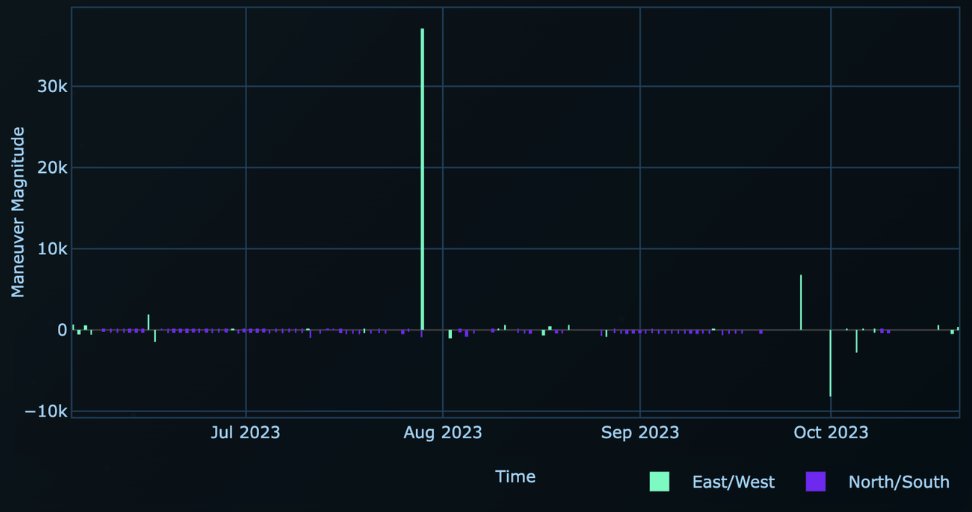This time last year I was wondering whether Putin would torpedo Christmas. He didn't. But our first cover of 2022 was my story on NATO-Russia talks and Putin's demands. We warned he might go to war if he felt the alternative was a war on worse terms later. economist.com/briefing/2022/… 



Our next Russia cover came on Jan 29. Putin "is...increasingly isolated and may be ill-informed on some things, such as the economic impacts," we wrote. "He may have lost sight of the big picture—or he may think he sees a bigger picture than anyone else." economist.com/briefing/2022/… 

Then came "Putin's botched job" on Feb 17th. "In recent conversations with The Economist businesspeople, diplomats, economists and government officials in Moscow revealed that they could barely fathom the ruinous consequences a war would bring to Russia" economist.com/briefing/2022/… 

At dawn on Feb 24th, Thursday, the day @TheEconomist is printed, we ripped up our planned cover story & wrote a new one in hours. "Wars in Europe rarely start on a Wednesday," Russia's envoy to the EU had said on Feb 16th. And indeed it wasn't a Wednesday. economist.com/briefing/2022/… 

The most compelling cover of the year came on March 5th. Zelensky "has made an astonishingly rapid transformation from hapless political outsider to wartime hero", we wrote. In the same piece I wrongly anticipated that Kyiv would likely be encircled. economist.com/briefing/2022/… 

On March 12th we warned of the Stalinisation of Russia under Putin's war. "In political and social terms it may be necessary to go back almost a century to find a parallel: to 1929, when Stalin liquidated the entrepreneurial class to consolidate his power" economist.com/leaders/2022/0… 

In that March 5th issue we also reflected on the oft-made but imperfect comparisons to the Soviet-Finnish Winter war of 1939-40. "Stalin’s army was far larger than Mr Putin’s & it did not have to reckon with urban warfare. It also enjoyed support at home." economist.com/briefing/2022/… 

Our April 1st cover was an interview with Zelensky. He divided NATO members into five camps, including those who wanted a long war "at the cost of Ukrainian lives", those who wanted to go back to trading with Russia & those who “recognise Nazism in Russia”
economist.com/briefing/2022/…

economist.com/briefing/2022/…


Our Apr 30 cover was my story on the root causes of Russian military failure: bad plan, bad army or both? I quoted an internal assessment by a European country: "The reputation of the Russian military has been battered & will take a generation to recover" economist.com/briefing/how-d… 

On June 2nd I looked at the nuclear aspects of the conflict. “The value of nuclear weapons as a tool of statecraft hinges on the outcome of this war”—@mbudjeryn (author of a new book on the Soviet nukes left in Ukraine in 1991: press.jhu.edu/books/title/12…) economist.com/briefing/2022/… 

By late June Russia's Donbas offensive had run out of steam and it was apparent this would be a long war. At that time Western officials were worried Ukraine would be profligate with HIMARS. In fact Ukraine quickly proved adept at the "deep battle".
economist.com/briefing/2022/…

economist.com/briefing/2022/…


On September 15th our cover reflected Ukraine's stunning gains in Kharkiv. "It shows that Ukraine is capable of fast, complex and daring attacks," wrote @olliecarroll (from Izyum) & I, "that Russia can be dislodged; and that Ukraine can therefore win".
economist.com/europe/2022/09…
economist.com/europe/2022/09…

In November our cover story, led by @AntonLaGuardia, looked at thinking around endgames. "In private, Western and Ukrainian officials are starting to ponder what a stable outcome might look like...A much-discussed template is Israel." economist.com/briefing/2022/… 

And that brings us to this week's cover: a survey of how the war looks through the eyes of Zelensky and his top generals, based on interviews with the president, his commander-in-chief and the commander of ground forces. economist.com/ukraines-fatef… 
https://twitter.com/shashj/status/1603366244140421121?s=20&t=QJB3C24mlNK-U26iXs8e1Q

Thanks to brilliant co-writers @ArkadyOstrovsky, @olliecarroll & @AntonLaGuardia. Others (@timjudah1, @p_zalewski, @Wendell23, @mattsteinglass, @richardjensor) who did great reporting from Ukraine. And peerless editors (notably @EWRCarr, @chrislockwd, @Eaterofsun, @robertguest1).
That list is a partial one. But, finally, I want to say thank you to @MartaRodionova, who helped @olliecarroll & others produce much of our coverage in Ukraine. 🙏🏽
• • •
Missing some Tweet in this thread? You can try to
force a refresh









